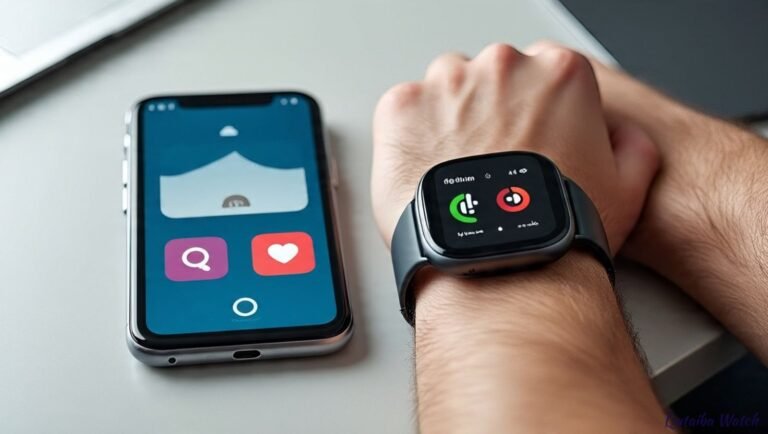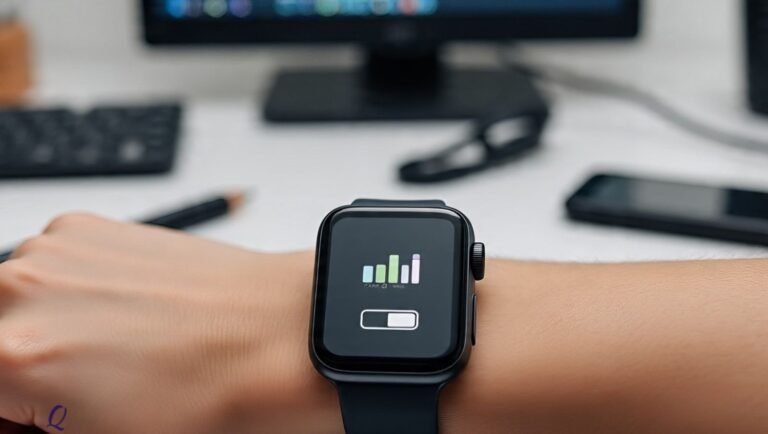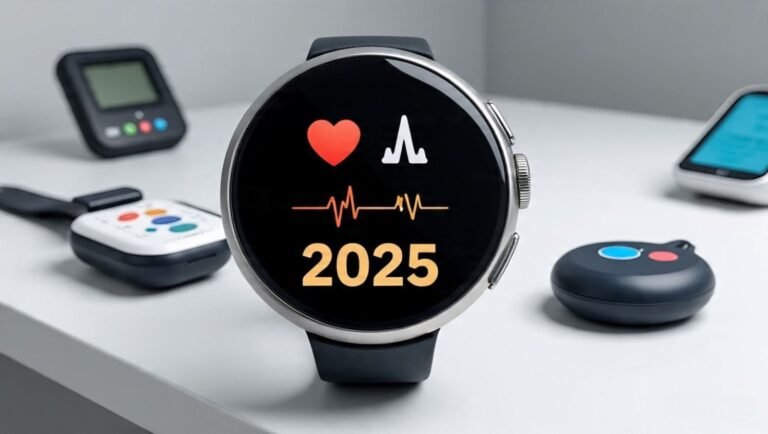How to Use Voice Assistant on Your Smartwatch – Complete USA Guide
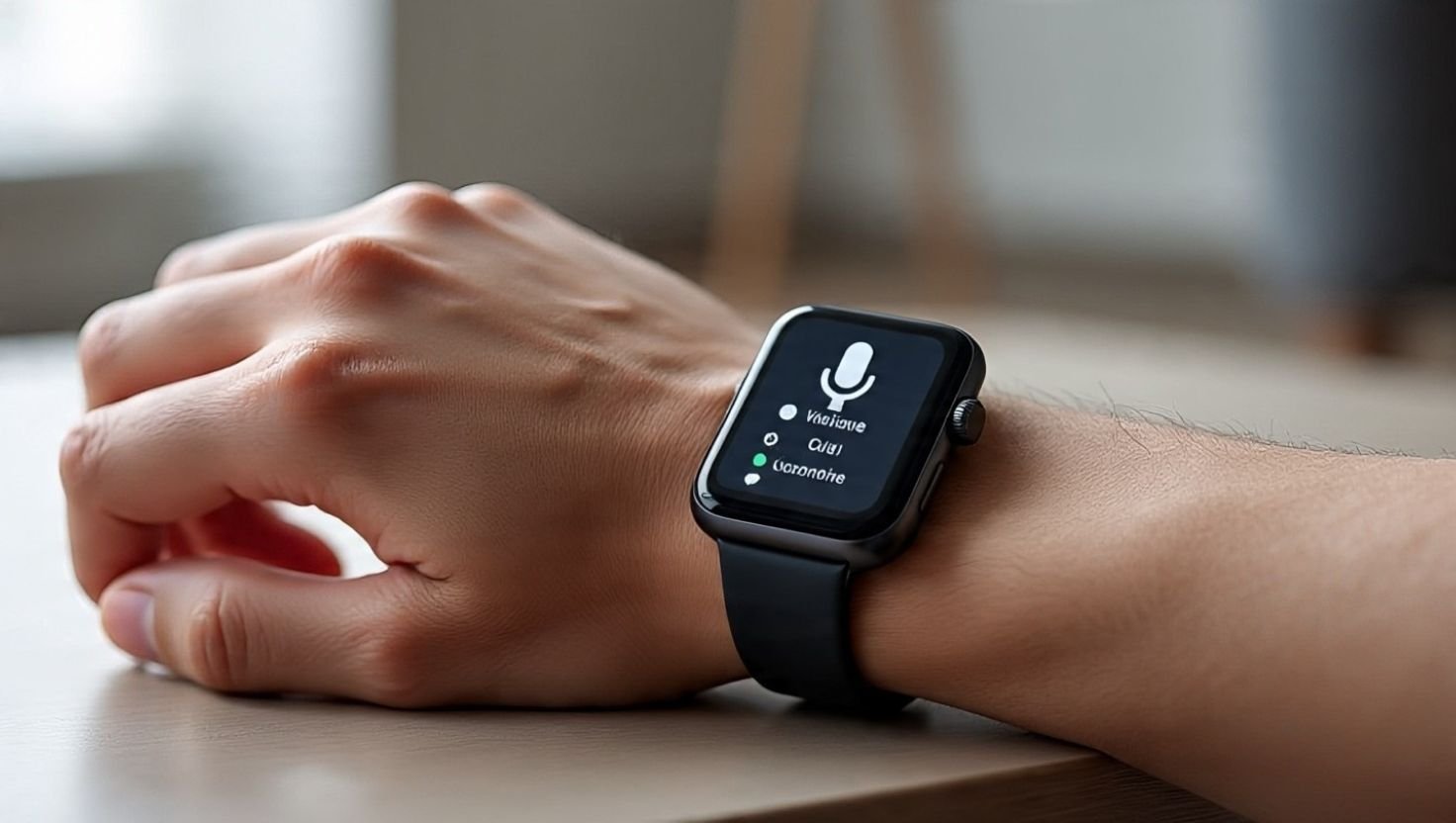
Using a voice assistant on your smartwatch can make everyday tasks faster, easier, and more convenient. Whether you’re using Google Assistant, Siri, or Alexa, these smart features allow you to check messages, set reminders, control smart home devices, and get quick answers — all without touching the screen.
Simply speak to your watch, and it responds instantly, making it perfect for busy lifestyles or when your hands are full. In this guide, we’ll walk you through how to activate, customize, and maximize your smartwatch’s voice commands so you can enjoy hands-free control and unlock the full potential of your smart wearable.
Introduction – Why Use a Voice Assistant on Your Smartwatch
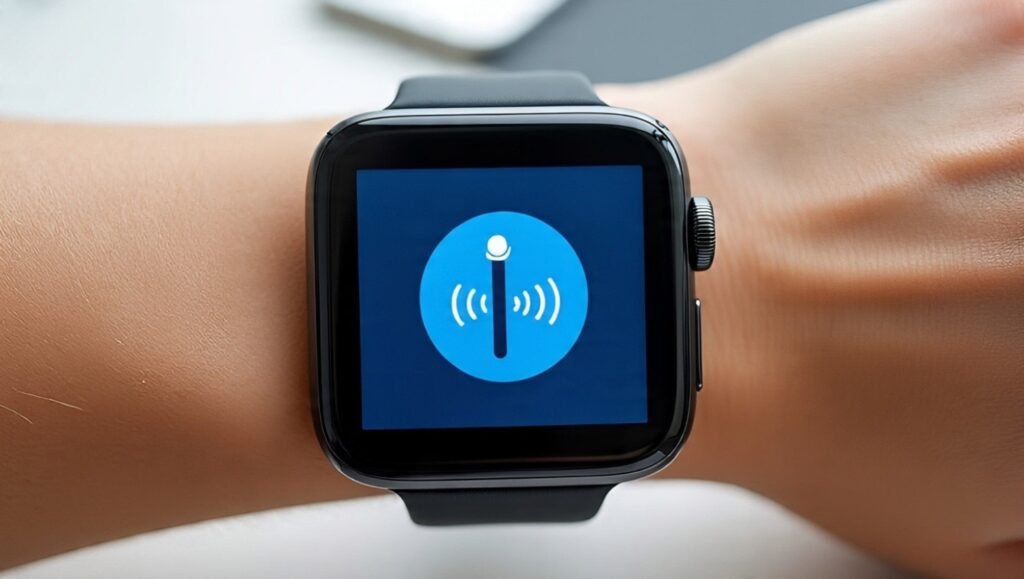
A smartwatch voice assistant is like having a tiny personal helper strapped to your wrist. It listens to commands, fetches answers, and performs actions instantly. Imagine you’re jogging in Central Park and need to check the next subway schedule — you simply say, “Hey Siri, when is the next train?” and get an instant answer without touching your phone.
These assistants are especially useful for navigation, health tracking, and hands-free control. Commuters can reply to messages while walking, cyclists can ask for turn-by-turn routes, and professionals can check schedules in between meetings. In today’s fast-paced lifestyle, this kind of quick, efficient tech can make your day run smoother.
Compatible Devices and Requirements
Not every watch can run a voice assistant. In the USA market, top choices include Garmin Venu 3, Samsung Galaxy Watch 6, Apple Watch Series 9, CMF Watch Pro 2, and Fitbit Sense 2. These watches come with built-in microphones and speakers for smooth communication.
The paired phone matters too. Android smartphones running version 8.0 or newer and iPhones with iOS 15 or later can handle most assistants. You’ll also need the companion app, like Garmin Connect or Apple Watch app, installed. Keeping your watch and phone firmware updated ensures better performance and security.
Types of Voice Assistants You Can Use
In the USA, the three main assistants dominate: Google Assistant, Siri, and Bixby. Each has its strengths. Google Assistant connects smoothly with Google apps, making it a favorite for Android users. Siri is deeply tied to the Apple ecosystem, perfect for iPhone and Apple Watch owners. Bixby works well with Samsung services and smart devices.
Some smartwatch brands, like Garmin, offer their own voice command systems. While they’re not as conversational as AI assistants, they’re optimized for quick actions such as starting a workout or checking heart rate. Picking the right one depends on your device and ecosystem preference.
How to Enable Voice Assistant on Your Smartwatch
Activating your voice assistant is straightforward. First, pair your smartwatch with your smartphone using Bluetooth. Open the companion app and look for the voice assistant settings. Here you can select your preferred assistant and grant necessary permissions for the microphone, location, and notifications.
For example, on Garmin watches, you enable Garmin Voice Control from the device settings, then link it with your phone’s assistant. On Apple Watch, you simply toggle “Hey Siri” in the Watch app. A proper setup ensures the assistant responds quickly and accurately.
Optimizing Voice Assistant for Best Performance
A voice assistant works best when your smartwatch is connected to a stable internet source. Wi-Fi and Bluetooth connections should be strong to avoid delays. Position the watch microphone close to your mouth when speaking, especially outdoors.
If you want even faster responses, enable access from the lock screen so you don’t have to unlock the watch every time. Reducing background noise also helps the assistant pick up your commands more clearly.
Ways to Activate the Voice Assistant
Different watches offer different ways to wake your assistant. You can press and hold a dedicated side button, swipe on the touchscreen, or say a wake word like “OK Google” or “Hey Siri.” Each method is quick, but using a wake word keeps your hands free.
If you’re wearing Bluetooth earbuds, some models allow activation through a tap or press on the earbud. This is useful when you can’t raise your wrist, like during a workout.
Adjusting Voice Assistant Volume
Volume control is simple but essential. On most smartwatches, you can change the assistant’s voice output from the settings menu. If you use Bluetooth earbuds, you may need to adjust the volume from the earbuds themselves.
Low volume or muffled sound can often be fixed by checking the connection or cleaning the watch’s speaker grill. In rare cases, you might need a software update to improve audio quality.
Using Voice Assistant for Common Tasks
Once set up, the voice assistant becomes your go-to tool for small but frequent tasks. You can send a quick text by saying, “Send a message to John,” or start navigation to a coffee shop without touching your phone.
Music lovers can play, pause, or skip tracks on Spotify or Apple Music using simple commands. Fitness enthusiasts can ask, “What’s my heart rate?” or “How many steps have I taken today?” to get instant updates without scrolling menus.
How to Disable or Turn Off Voice Assistant
Sometimes you may want to turn off the voice assistant. Maybe you’re saving battery before a long hike, or you’re in a meeting and don’t want accidental activations. Temporary disable options are available in most watch settings.
For a permanent shutdown, simply toggle off the assistant in your companion app. You can always re-enable it later if you miss the convenience.
Voice Assistant vs Voice Command – What’s the Difference?
A voice assistant is powered by AI and can understand complex, conversational requests. For example, you can ask, “What’s the weather in Los Angeles tomorrow morning?” and get an exact answer.
Voice command, however, is limited to predefined actions like “Start workout” or “Set timer.” Both are useful, but assistants offer far more flexibility and integration with apps and services.
Troubleshooting Voice Assistant Issues
If your voice assistant isn’t responding, start by checking the Bluetooth connection between your watch and phone. Restarting both devices often fixes temporary glitches.
Sometimes the assistant misunderstands your words. In such cases, speak clearly, reduce background noise, and make sure your device language matches your commands. Keeping your apps updated also reduces errors.
Table – Popular Smartwatch Models and Their Voice Assistants
| Smartwatch Model | Compatible Voice Assistant | Phone Compatibility |
|---|---|---|
| Garmin Venu 3 | Garmin Voice Control, Siri, Google Assistant | Android & iOS |
| Apple Watch Series 9 | Siri | iOS only |
| Samsung Galaxy Watch 6 | Bixby, Google Assistant | Android only |
| CMF Watch Pro 2 | Built-in Voice AI | Android & iOS |
📌 FAQs
Conclusion:
Voice assistants on smartwatches are more than just a cool feature—they’re a powerful tool that can make everyday life easier, faster, and more convenient. Whether it’s checking the weather, setting reminders, sending messages, controlling music, or even navigating routes, all of it can be done hands-free with simple voice commands. Activating them is quick, whether you’re using Google Assistant, Siri, or Alexa, and once set up, they can save you time and keep you connected without having to reach for your phone. In short, they transform your smartwatch from just a wearable device into a true personal assistant on your wrist.
Conclusion:
Conclusion
Voice assistants in smartwatches make everyday tasks faster, easier, and hands-free. Whether you’re using Google Assistant, Siri, or Alexa, you can send texts, check the weather, control smart devices, and set reminders — all with just your voice. Activating them is quick, and once set up, they become your personal AI-powered helper on your wrist.


